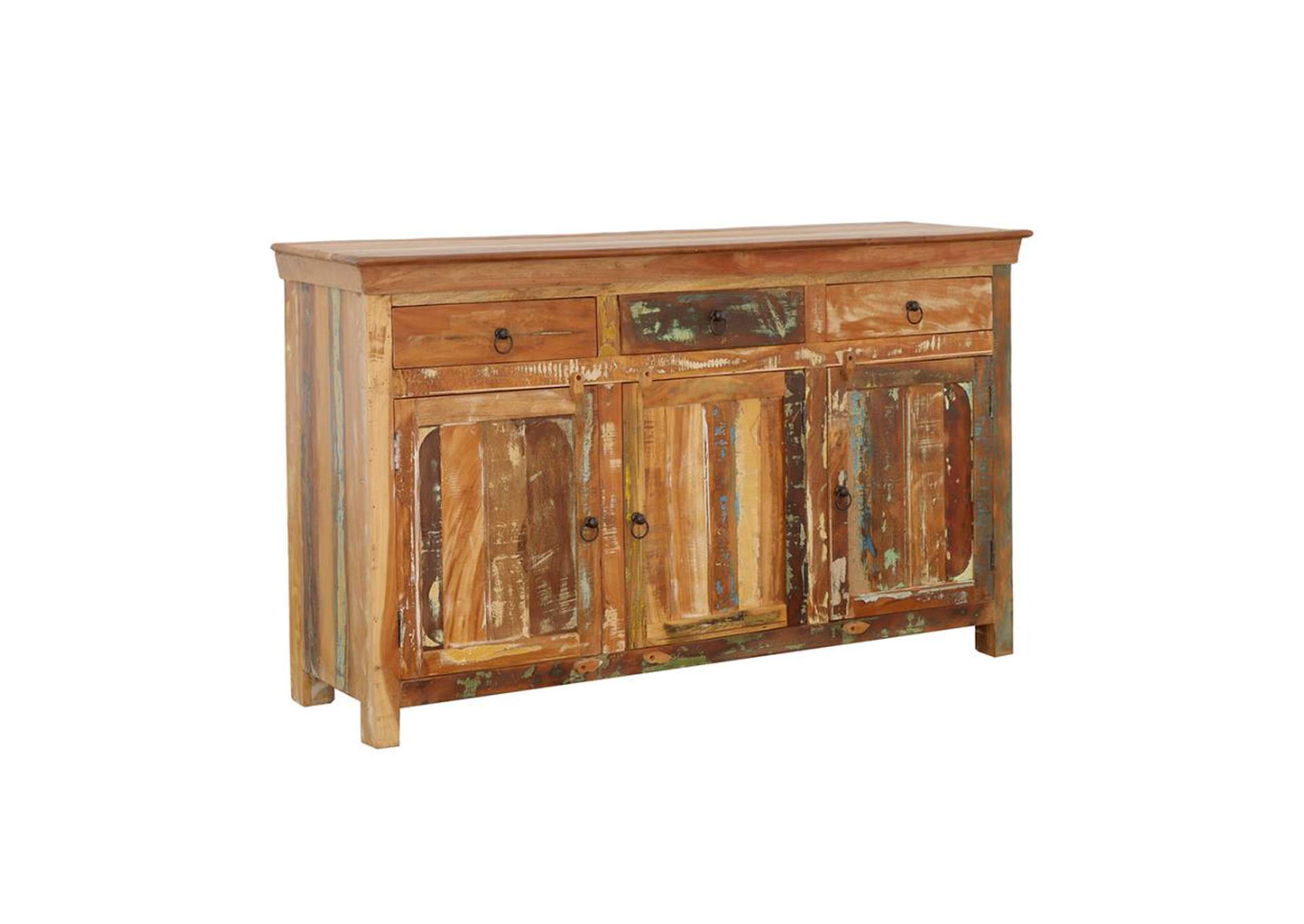The Appeal of Reclaimed Wood Accent Cabinets

Reclaimed wood accent cabinets offer a unique blend of style and sustainability, making them a popular choice for homeowners seeking to enhance their living spaces while minimizing their environmental impact. These cabinets are crafted from salvaged wood, often sourced from old buildings, barns, or even ships, giving them a rich history and a distinctive character.
Environmental Benefits of Reclaimed Wood
The use of reclaimed wood in furniture production contributes significantly to environmental conservation. Reclaimed wood diverts wood from landfills, reducing the need to harvest new trees. This practice helps to preserve forests, mitigate deforestation, and protect biodiversity.
The Unique Character and Rustic Charm of Reclaimed Wood
Reclaimed wood possesses a natural beauty and rustic charm that cannot be replicated with new wood. Each piece of reclaimed wood bears the marks of time, with knots, grain patterns, and color variations that tell a story of its past. These unique characteristics add a touch of authenticity and warmth to any room.
Complementing Different Interior Design Styles
Reclaimed wood accent cabinets are incredibly versatile and can complement a wide range of interior design styles. Their rustic charm blends seamlessly with farmhouse, industrial, and bohemian aesthetics. They can also add a touch of warmth and character to modern and contemporary spaces.
“Reclaimed wood furniture offers a unique blend of sustainability, style, and character. It’s a perfect choice for homeowners who value the environment and appreciate the beauty of natural materials.”
Sourcing and Building a Reclaimed Wood Accent Cabinet

Creating a reclaimed wood accent cabinet is a unique and rewarding project that allows you to infuse your home with history and character. The process involves sourcing the wood, carefully preparing it, and assembling it into a beautiful and functional piece of furniture.
Finding and Selecting Reclaimed Wood
Finding the perfect reclaimed wood for your cabinet is an exciting journey. It involves exploring various sources and carefully selecting wood that meets your project’s needs and aesthetic preferences.
- Salvage Yards and Demolition Sites: These locations often have a wide variety of reclaimed wood, including beams, flooring, and even old furniture. It’s important to inspect the wood for signs of damage, rot, or insect infestation before purchasing.
- Antique Shops and Flea Markets: These places can be treasure troves for unique reclaimed wood pieces. You might find old doors, window frames, or even antique furniture that you can repurpose for your cabinet.
- Local Woodworkers and Lumber Mills: Many woodworkers and lumber mills have reclaimed wood available, sometimes even offering custom cuts and sizes. This can be a great option if you need specific dimensions for your cabinet.
Once you’ve found potential sources, consider the following factors when selecting your reclaimed wood:
- Wood Species: Different wood species have unique characteristics, such as color, grain patterns, and durability. Choose a species that complements your desired style and the cabinet’s intended use.
- Condition: Inspect the wood for signs of damage, rot, or insect infestation. Choose pieces that are structurally sound and have minimal defects.
- Size and Dimensions: Consider the dimensions of your cabinet and select wood pieces that fit your design. You may need to cut or join pieces to create the desired shape and size.
Essential Tools and Techniques
Building a reclaimed wood accent cabinet requires a combination of tools and techniques to ensure a sturdy and visually appealing result.
- Hand Tools: Essential hand tools include a tape measure, level, pencil, saw, hammer, screwdriver, and chisel. These tools are used for measuring, marking, cutting, and assembling the wood.
- Power Tools: Power tools, such as a drill, sander, and table saw, can speed up the process and achieve more precise cuts. Use these tools safely and with proper technique.
- Joinery Techniques: Reclaimed wood often has irregularities and imperfections. Joinery techniques like mortise and tenon joints, dovetail joints, or pocket holes can create strong and durable connections while accommodating these imperfections.
- Clamps and Fasteners: Clamps are essential for holding pieces together during assembly, while fasteners like screws, nails, and glue ensure a secure and lasting bond.
Finishing and Preserving Reclaimed Wood, Reclaimed wood accent cabinet
Reclaimed wood often has a unique patina and character. Proper finishing and preservation techniques enhance its beauty and protect it from the elements.
- Cleaning and Preparation: Thoroughly clean the wood to remove dirt, grime, and any remaining coatings. Sand the surface to create a smooth finish and prepare it for staining or painting.
- Staining or Painting: Choose a finish that complements the wood’s natural beauty and enhances its character. Consider oil-based stains for a rich, penetrating finish, or water-based stains for a more subtle effect. Paint can add a vibrant touch or create a distressed look.
- Sealing and Protection: Applying a sealant protects the wood from moisture, dirt, and UV damage. Choose a sealant that is compatible with the stain or paint used and provides the desired level of protection.
